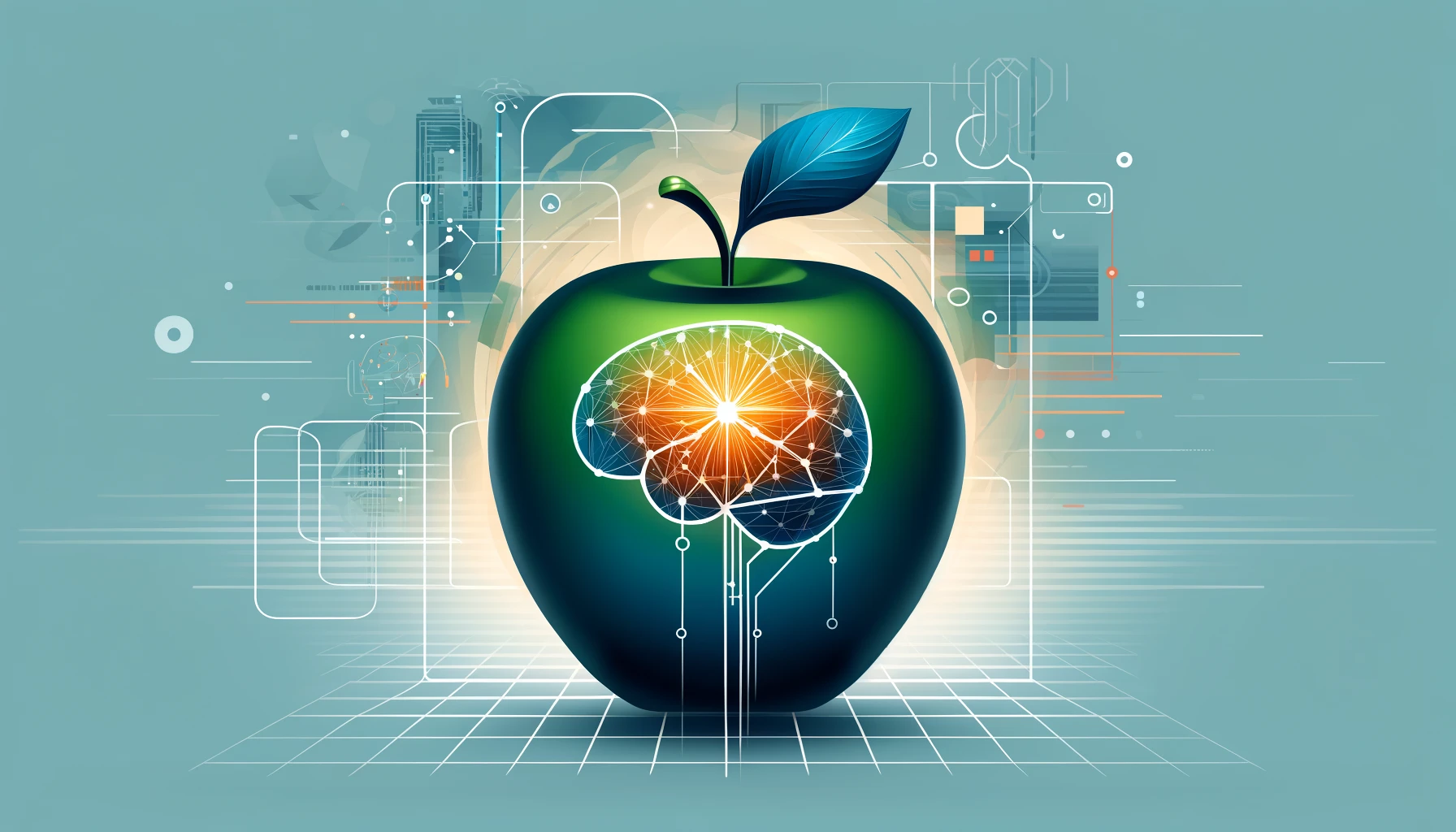In the ever-evolving landscape of artificial intelligence (AI), Apple Inc. is making strides with a groundbreaking AI system poised to revolutionize how we interact with voice assistants. The newly unveiled ReALM (Reference Resolution As Language Modeling) system, as detailed in a recent paper by Apple’s researchers, represents a significant leap in enabling voice assistants to comprehend ambiguous references, conversational context, and the background setting for more natural user interactions.
ReALM’s innovation lies in its ability to handle reference resolution—a critical aspect of AI understanding—in a novel way. Traditionally, reference resolution, particularly when it involves on-screen content, poses a substantial challenge for AI systems. ReALM, however, transforms this challenge into a manageable task by leveraging large language models (LLMs) to interpret these references purely through language modeling. This method marks a departure from existing techniques, offering enhanced performance and a more intuitive interaction paradigm for users.
At the heart of ReALM is its unique approach to dealing with on-screen references. The system reconstructs the screen layout by parsing on-screen entities and their positions, creating a textual representation that mirrors the visual arrangement. This process, coupled with fine-tuning LLMs for reference resolution, enables ReALM to outclass the capabilities of GPT-4 in understanding and responding to user queries about on-screen content.
Performance Highlights and Comparative Analysis
| Feature | ReALM | Existing Systems | GPT-4 |
|---|---|---|---|
| Reference Resolution Accuracy | Significantly higher | Lower | Previously leading |
| Approach to On-Screen Content | Textual reconstruction of layout | Limited parsing | Basic understanding |
| Model Size Efficiency | Smaller models showing gains | Larger models required for comparable performance | Large models with significant compute requirements |
| Application Scope | Broad, with specific enhancements for screen-based interactions | Narrower focus | General purpose |
- Enhanced Conversational Capability: By understanding both direct and ambiguous references within a conversation, ReALM enables voice assistants to provide more relevant and contextually aware responses.
- Screen-Based Interaction: The ability to interpret on-screen elements through a linguistic model opens new avenues for hands-free operation, significantly benefiting users with mobility impairments or those engaged in multitasking.
- Efficiency in Performance: ReALM’s methodology allows for the deployment of smaller, more efficient models without sacrificing accuracy, a critical factor in mobile and embedded applications where resources are limited.
Apple’s research not only showcases the capabilities of ReALM but also highlights the practical implications of such advancements in AI. The potential for language models to address complex tasks like reference resolution suggests a future where AI can seamlessly integrate into our daily lives, offering assistance that is both intuitive and context-aware. However, the researchers acknowledge the challenges ahead, particularly in handling complex visual references which might necessitate the integration of computer vision and multi-modal techniques.
While Apple’s introduction of ReALM is a testament to its commitment to advancing AI, it also reflects the company’s broader ambitions in a fiercely competitive landscape. Apple’s efforts in AI research have accelerated, encompassing a range of innovations from multimodal models that integrate vision and language, to AI-driven animation tools, and efficient techniques for specialized AI development.
Despite these advances, Apple finds itself in a race against time and technology, competing against giants like Google, Microsoft, Amazon, and OpenAI, who have been quick to incorporate generative AI into their offerings. Apple’s historical approach of being a fast follower rather than a pioneer is tested as the AI field progresses rapidly, transforming market dynamics and user expectations.
As the industry awaits Apple’s Worldwide Developers Conference in June, speculation is rife about the unveiling of new AI frameworks, including an anticipated “Apple GPT” chatbot and other AI-powered enhancements. CEO Tim Cook’s hints at forthcoming AI initiatives during an earnings call have further fueled expectations, underscoring the company’s commitment to playing a significant role in the AI revolution.
Yet, as Apple ventures deeper into AI, the challenges are as formidable as the opportunities. The company’s late entry into certain AI domains puts it at a potential disadvantage, requiring it to leverage its vast resources, brand loyalty, and engineering prowess to catch up. The integration of AI into its product ecosystem offers a chance to redefine user experiences, but success in this endeavor is not guaranteed.
As we stand on the cusp of a new era in computing, marked by ubiquitous and genuinely intelligent systems, the question remains whether Apple’s efforts will ensure its place at the forefront of this transformation. The advancements signified by ReALM suggest a promising direction, but the ultimate test will be in the implementation and integration of such technologies into everyday life. Come June, the tech world will be watching closely to see if Apple can bridge the gap and cement its role in shaping the future of AI.
Related News:
Featured Image courtesy of DALL-E by ChatGPT

